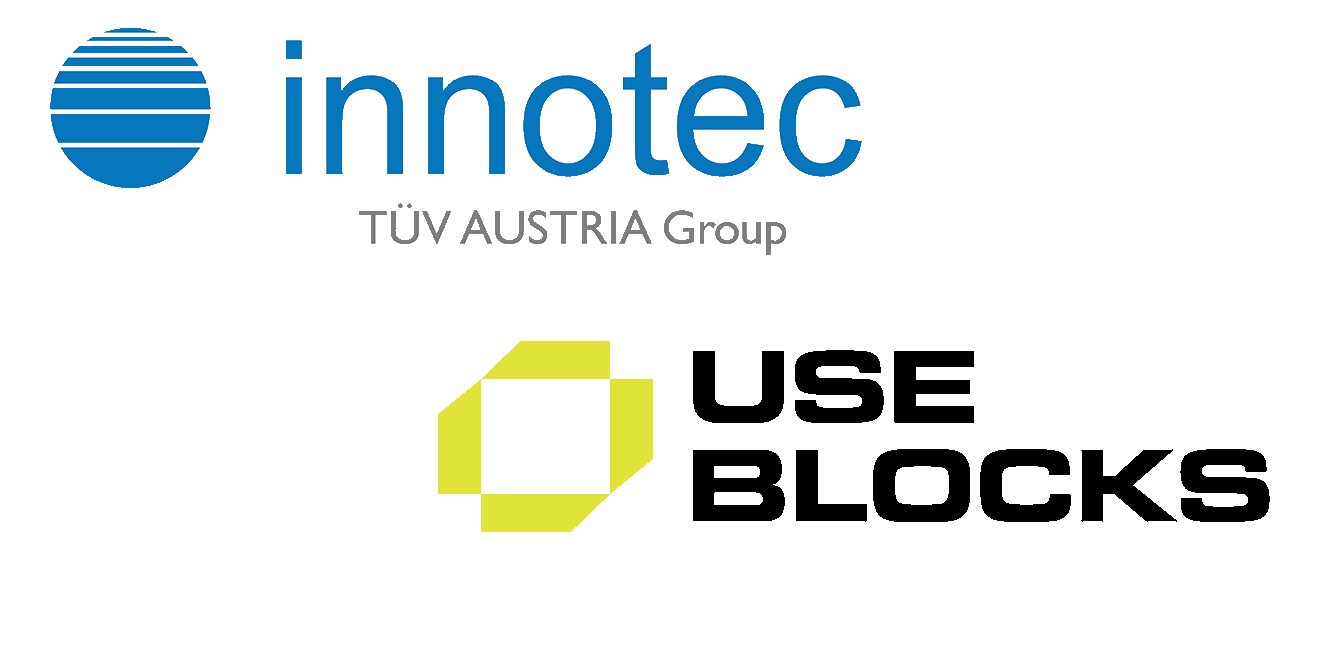Smarter Safety Documentation
This blog article touches upon how innotec and useblocks are joining forces to deliver smarter safety documentation through open-source solutions. The partnership combines innotec’s deep expertise in functional safety and certification with useblocks’ innovative “x-as-code” tool ecosystem, helping engineers document, trace, and verify safety requirements more efficiently.
When developing products that must be safe to use, such as industrial machines, railway control systems, automotive electronics, embedded controllers, or power-generation equipment, engineers must show rigorous traceability. Every hazard is analyzed, each safety requirement links to the relevant design and tests, and every test traces back to its source. This end-to-end linkage defines traceability in functional safety.
Doing this thoroughly is essential, but traditional tools for managing all this information can be complex, expensive, and difficult to maintain. Several companies often face the challenge of ensuring full documentation and auditability without investing in costly tool chains. The collaboration between innotec and useblocks offers a smart alternative.
useblocks develops open-source tools such as Sphinx-Needs, which works like a digital notebook for engineers. Requirements, hazards, and tests can be written directly in simple text files, while the tool automatically builds traceability links between them. Everything stays version-controlled, transparent, and easy to audit, making it possible to manage requirements-as-code and tests-as-code, a concept known as x-as-code.
innotec brings over two decades of experience in functional safety, cybersecurity, and certification across diverse industries. By combining this know-how with useblocks’ open-source toolset, companies gain a more efficient way to meet safety standards such as ISO 13849, IEC 61508, EN 50128 or ISO 26262 without the heavy complexity or cost of proprietary solutions.
For example, a small company developing a control unit for an automated packaging line documents a hazard (“machine could start unexpectedly”), links it with a requirement (“system must stop-motion if the guard door is open”), add all the related SW/HW requirements as well as tests, all in a single open-source workflow. The Sphinx-Needs ecosystem can automatically generates a traceability report, highlighting missing links or gaps long before audits begin.
This collaboration helps engineers keep documentation consistent and auditable, reduces dependence on expensive commercial platforms, and integrates safety documentation directly into everyday development processes.
For small and medium-sized enterprises it means faster certification and fewer headaches.
For bigger companies a smarter way how to implement traceability and documentation in an efficient, modern and state-of-the-art way.
Several open source projects like S-CORE already follow this approach.
Through this collaboration, innotec and useblocks make safety documentation smarter and more accessible, a step forward in building open, reliable, and transparent safety processes for the engineering community.
For more information, visit https://safety.useblocks.com







